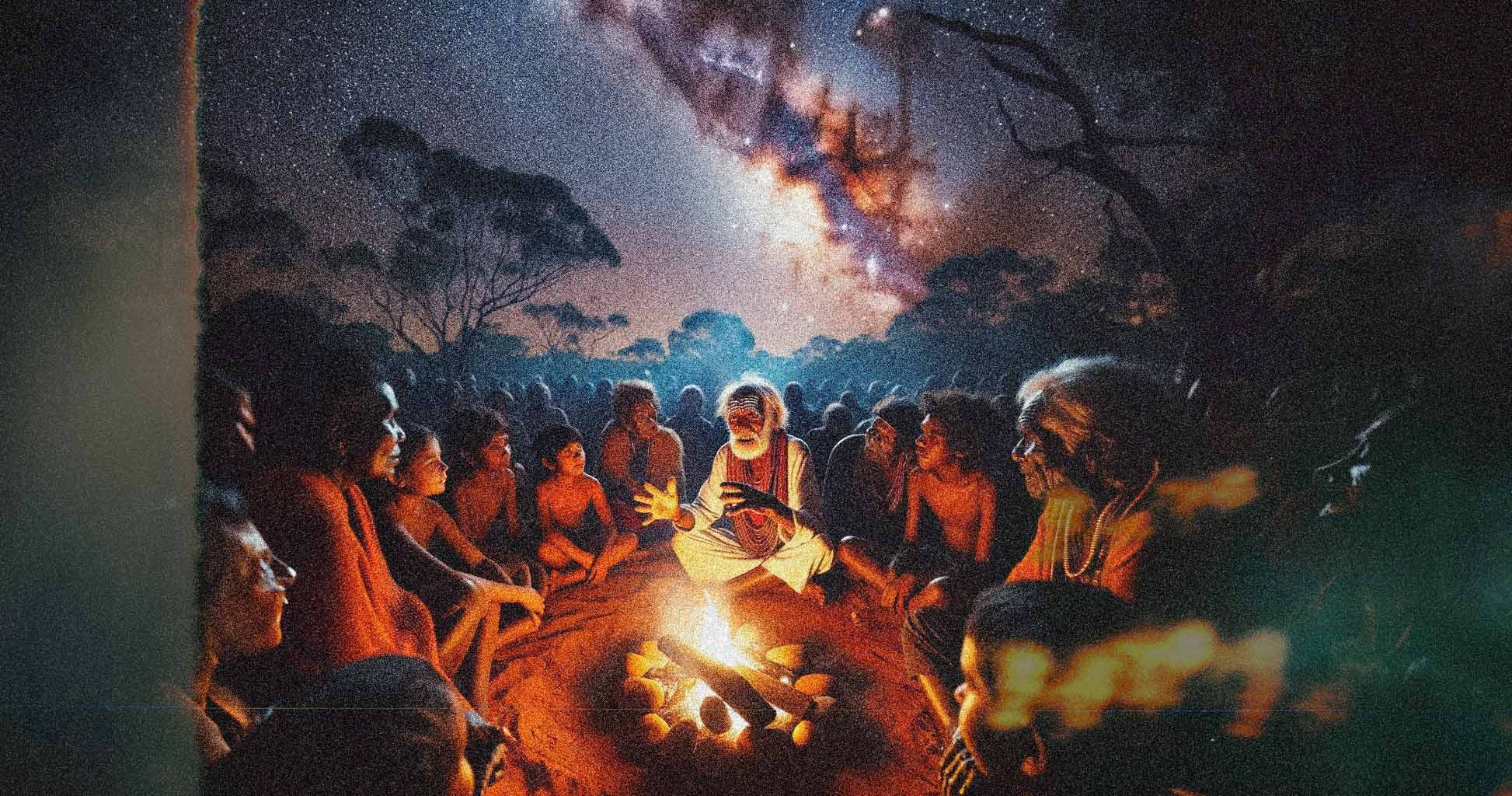
Understanding the diversity of First Nations
Understanding the diversity within the First Nations of Australia is crucial when engaging with Aboriginal and Torres Strait Islander peoples and building meaningful relationships.
KEY POINTS
- The Indigenous peoples of Australia are not one homogenous group.
- There are around 500 Nations, each with different cultures, languages, ways of life and kinship structures.
- Understanding this diversity is crucial to building meaningful relationships with the Indigenous peoples.
The rich diversity within the Indigenous population of Australia is a captivating aspect, defying the common misconception that all Aboriginal and Torres Strait Islander peoples belong to one homogeneous group.
“We invite people to take a look at that because there’s about 500 Nations that are on that map. Each Nation has its own language or shares a common language with another.”

Carla Rogers (left) and Aunty Munya Andrews (right), Evolve Communities Credit: Evolve Communities
There are more than 250 Indigenous languages, including 800 dialects, and their culture, ways of life, and kinship structures all differ throughout the Nations- even art, adds Aunty Munya.
“I can tell just looking at Aboriginal art, I know exactly which area of Australia it comes from. It’s that particular. Most people associate dot painting with Aboriginal culture, but that’s just one Nation.
“When you look to Bardi people, my people, we’re saltwater people, our art is very much similar to other islanders around the world in that they are geometric paintings which depict the waves and it’s not dot painting at all,” she says.
Aunty Munya, an author, barrister, and co-director of Evolve Communities, says people must understand that ‘one size does not fit all’ when engaging with Indigenous peoples.
It’s a crucial step toward showing respect for the customs and traditions of a community, allowing you to build more meaningful relationships.
Carla Rogers is an Indigenous ally who works alongside Aunty Munya. She adds that such knowledge is crucial to understanding Australia’s shared history and why gaps between Indigenous and non-Indigenous people still exist today.
“When Australia was first colonised and [is] ongoing, it’s the lack of awareness of this diversity that has been the core to our problem. Many of our problems that exist now [are due to] seeing Aboriginal and Torres Strait Islander peoples as one homogeneous group and not acknowledging this rich diversity,” she says.

The Indigenous peoples of Australia are not one homogenous group. – Belinda Howell/Getty Source: Moment RF / Belinda Howell/Getty Images
Australia has always been multicultural
Indigenous peoples are “experts” in multiculturalism, Aunty Munya says.
“My people have been dealing with multiculturalism for thousands of years. We’ve learnt to interact with other Aboriginal groups, learnt to speak some of the different languages,” she explains.
It’s important to acknowledge individuals like Dr Mariko Smith, who have Indigenous and cultural heritage, thus enriching the diversity of the First Australians.
Her father is from the Yuin Nation, on the south coast of New South Wales, while her mother is from Kokura in Kyushu, Japan.
“Some people assume because of my Japanese and Aboriginal heritage that I’m from up north and north-western Australia, where there was the Japanese pearling industry,
“But my parents met in a coffee shop in Kyushu when my father was travelling around Japan. They married in Japan and then he brought her over to Australia.”
Growing up, Dr Smith experienced a lot of “racial slurs” for having an Asian appearance but says those comments went to a “next level” when people found out that she was also Aboriginal.

Dr Mariko Smith Credit: Anna Kucera Credit: Anna Kucera/Anna Kucera
It’s because of the stereotypes and narrow perceptions that people have about Aboriginal people, like skin colour or level of civilisation, learnt from written history, Dr Smith explains.
“People may think that they haven’t met an Aboriginal person in their life before, but chances are they would have, it’s just that they wouldn’t have confirmed to people’s stereotypes and conceptions.”
Dr Smith says that contemporary Australia, being multicultural, must recognise and embrace the diversity within the Indigenous population to be truly inclusive.
“If you’re thinking about Aboriginal people in very simplistic ways, then there’s really only simplistic solutions. It’s such a complex, diverse, concept that requires comprehensive and diverse solutions, and thought as well.”
Carla Rogers explains that people can make mistakes when non-Indigenous people do not understand this diversity.
“We can say something that could be very hurtful, something that could be potentially racist. It’s a barrier to understanding.”

Thirteen Aboriginal and Torres Strait Islander people from across Australia are taking part in the inaugural Mob in Fashion initiative. Credit: Thirteen Aboriginal and Torres Strait Islander people from across Australia are taking part in the inaugural Mob in Fashion initiative.
Where can we learn more about Indigenous diversity?
As you would when travelling through Europe, start with the map, identify the country you are in, and learn about its culture and languages.
“If you’re travelling for more than two hours, say from Sydney, then you’re passing through different Countries,” Rogers says.
To gain a deeper insight into the Country, including its traditional owners and history, the Land Council and local councils are good starting points.
Aunty Munya says it’s about “self-education”.
“Learn as much as you can, engage, especially with First Nations peoples. There’s no need to be afraid, just introduce yourself, go along to community events.”
It’s about being brave enough to take that step to get to know the First Nations.
READ MORE

How to become a First Nations advocate

You can now hear 50 everyday words spoken in Indigenous languages from across Australia








